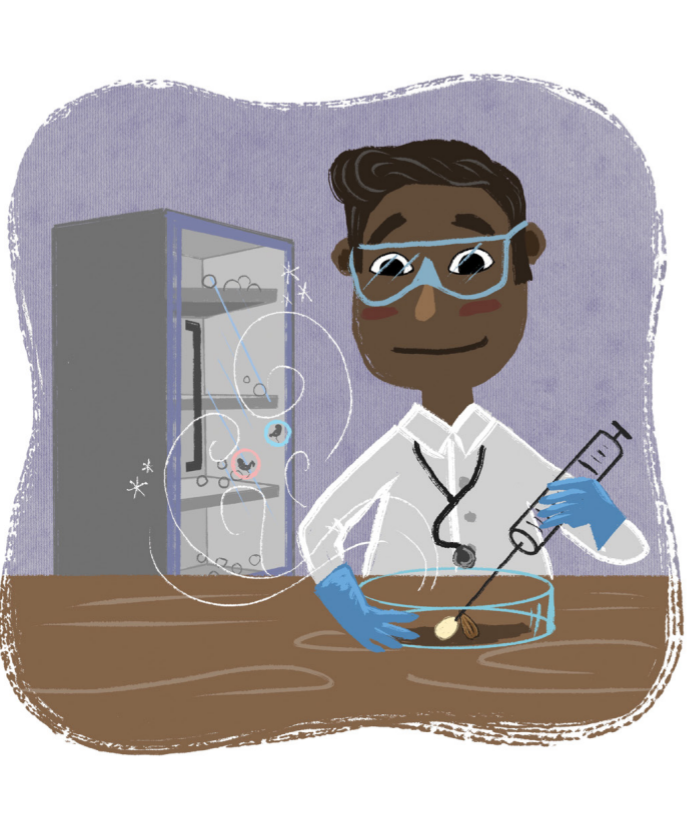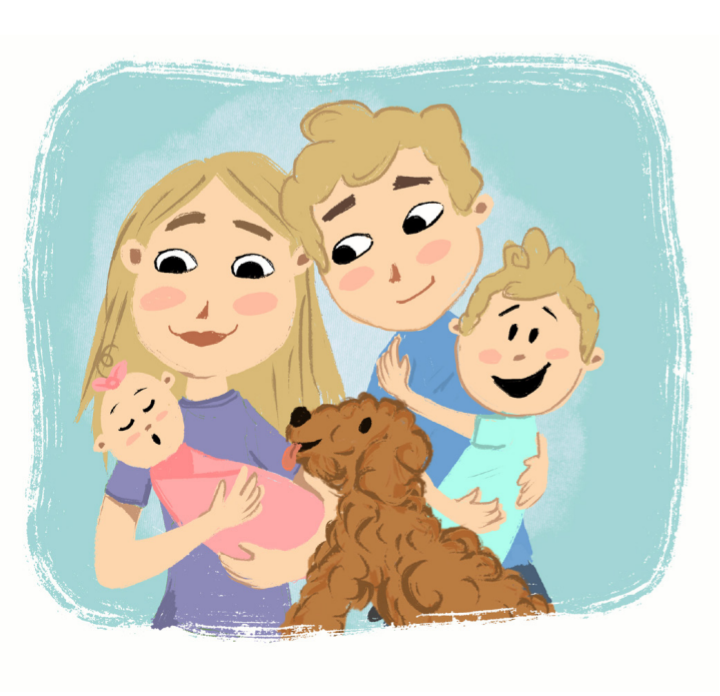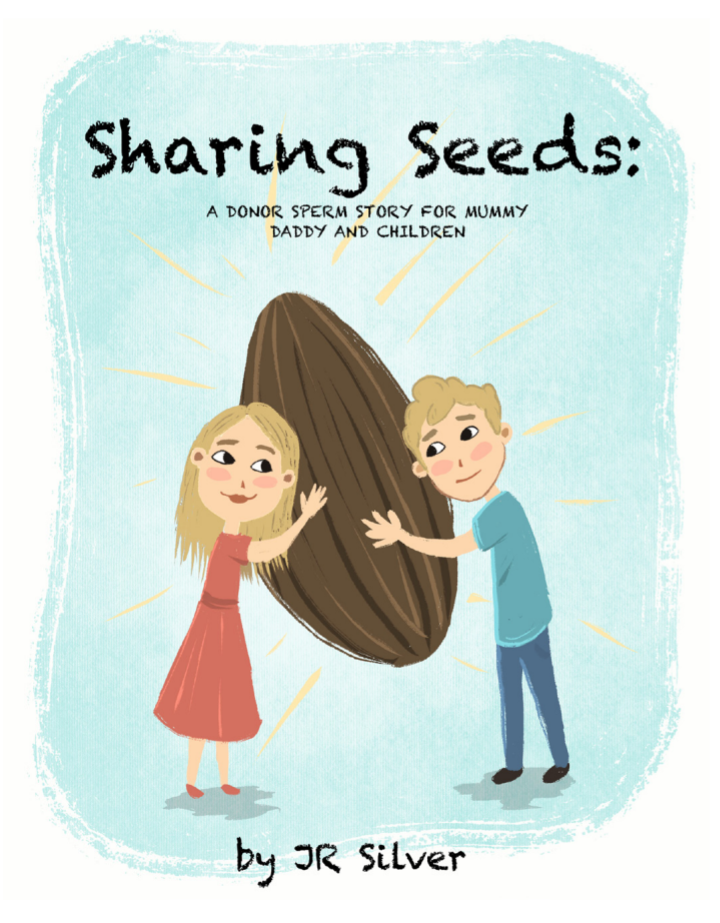Guest blog on male infertility by J.R Silver. Father and author of the book Sharing Seeds.
My wife and I were married in October 2012 and we started our fertility journey in 2013: this was shortly after my older sister and I had both tested positive for the BRCA1 cancer gene and several months before we also discovered I had a severe underlying fertility issue – what were the odds?!

We initially visited CRGH (central London) as potential PGD (pre-implantation genetic diagnosis) patients in late 2013, looking into possibly creating BRCA1-free embryos. We opted to do nothing other than continuing to (mainly!) enjoy trying to conceive naturally. 8 months passed, taking us to the Easter of 2014, and so far no immaculate conception. My wife and I both had fertility tests and, a few weeks later, were stunned to learn of my infertility diagnosis.
The next 12 months saw my stomach receiving bi-daily testosterone injections and lots of healthy eating (a walnut heavy diet!), before my testicles were operated on, in a desperate bid to retrieve healthy sperm: the first operation failed but a second operation was scheduled for June of 2015, in tandem with my wife’s first embryo collection, more in hope than expectation that some of my sperm could be extracted for embryo fertilisation. 9 heroic sperm were somehow retrieved and these sperm battled on, paired with 9 of my wife’s finest eggs, 6 of which combined to form tiny embryos: it appeared my wife’s eggs and my seeds were compatible after all. 2 of these embryos soldiered on to reach the blastocyst stage (i.e. be suitable for implantation in my wife’s uterus).

A few weeks later, armed with the first of many future pregnancy tests, we waited the 3-minute wait that so many couples have had to endure. Sadly there was no second black line after the 180
seconds passed, nor any happy smiling faces. And yet, whilst this final setback was hard to accept, it was something I had always feared at the back of my mind, never the alpha male in the pack, especially once my wife and I struggled to conceive naturally. So perhaps this sense of foreboding had long started to prepare me for dealing with this outcome but I have also been incredibly lucky to be surrounded by close family, friends and counselling. And, I think most crucially, I had perspective acquired from the recent loss of my beloved sister, greatly appreciative of simply waking up every new day. And, of course, not being able to use my own
sperm came with the huge bonus of eliminating the dreaded BRCA 1 gene.
Spurred on by these positive thoughts, we embarked on the intriguing world of donor sperm. This was not the first time we had considered it but it was only when we knew my situation was irretrievable that we were ready to accept and embrace it. And what a wonderful opportunity it presented and quite good fun along the way, with us opting (at my insistence!) to see pictures of potential donors before making our selection. The other dilemma was whether to proceed with an anonymous or non-anonymous donor: it was
important to us to be transparent and honest with any children we were lucky enough to have: in particular, we are fortunate to live at a time that is mostly accepting of everyone’s differences and, for us using donor sperm, we did not want any stigma or shame attached.
We have, therefore, really bought into the modern ethos that parents should tell donor conceived children of their very special origins from a young age, rather than hiding it away as a murky secret. So we gladly embraced the non-anonymous option, albeit I appreciate the same decision may not be reached by other prospective parents.

We move forward now 5 years and ours is a truly blessed picture but that’s before glossing over the many rounds of fertility treatment, my heroic wife repeatedly putting her body on the line, enduring lonely train journeys, long waiting-room waits, gallantly self-administering injections galore, suffering a miscarriage, a dangerous ectopic pregnancy and a nasty reaction to IVF medication.
So now we have two children, boy and a girl, conceived via the same sperm donor and both equally loved by mother and father, each day bringing so much joy. So yes, we had to sacrifice to get here, time and money, body and soul but it was so very worth it. I am also conscious that not every story has a happy outcome, as my own personal fertility issues could not be directly fixed and I also lost my older sister. And finally a golden moment from last summer’s lockdown: looking for suitable reading material for our oldest, I decided to write something myself, and then partnered with an illustrator to bring the book to life. I have now self-published “Sharing Seeds”: it is approximately 500 words long, with 21 colour images and I genuinely believe the story is a fun and informative read for parents to read to and with their children, whether conceived via fertility treatment or otherwise. I have in mind to produce a series of children’s books under the “Sharing Seeds” name, as there are many different fertility stories that are out there waiting to be told and hopefully help others.
The book Sharing Seeds is available from Amazon.
Web: www.sharingseeds.co.ukhttp://www.sharingseeds.co.uk
Instagram: @sharingseedsbook
Twitter: @JRSilver2
